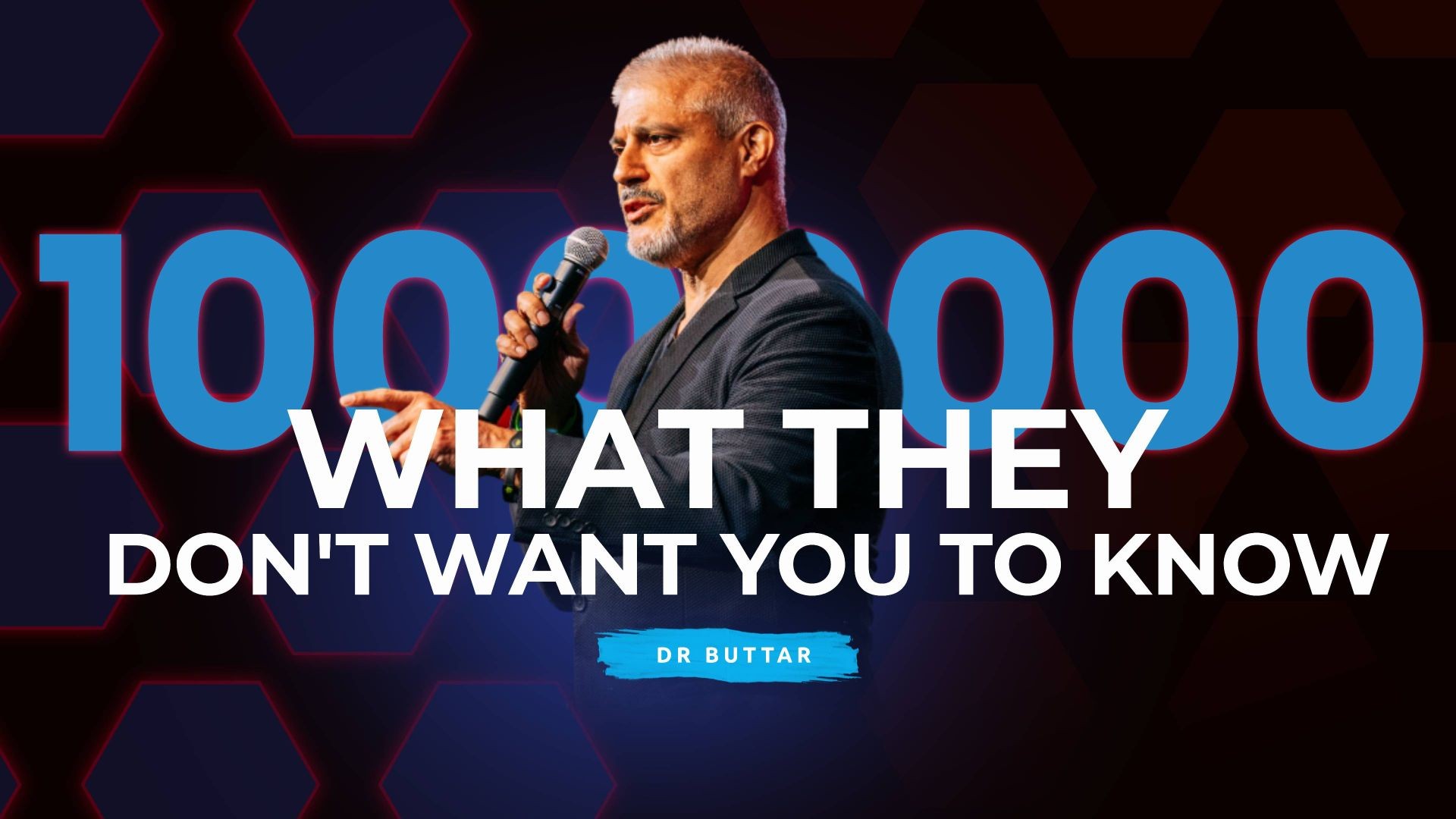03/28/2023 / By Zoey Sky
A report from the Centers for Disease Control and Prevention (CDC) has revealed that autism rates are “rising and changing quickly” in the United States.
The study was conducted by researchers from the University of California, San Diego (UC San Diego), who wanted to find out more about what this means and how California is seeing record numbers.
Details of the study were published on the CDC website.
Latest figures are higher compared to earlier data
During the course of the study, the research team found that at least one in 36 American eight-year-olds (2.8 percent) has been diagnosed with autism. This is significantly higher than the reported one in 44 (2.3 percent) of children from December 2021.
The figure is even steeper when compared to the CDC’s first autism prevalence report from 2007, which showed only one in 150 children (0.7 percent) had the condition.
Data for the CDC analysis was collected by the Autism and Developmental Disabilities Monitoring (ADDM) Network, a CDC-funded program that helps researchers learn more about the prevalence and traits of children with autism. (Related: Mass vaccinations responsible for 1 in 30 children now having autism.)
ADDM surveys children ages four and eight in the following states:
- Arizona
- Arkansas
- California
- Georgia
- Maryland
- Minnesota
- Missouri
- New Jersey
- Tennessee
- Utah
- Wisconsin
The California ADDM site is also based at UC San Diego and provides autism reports within the local county.
Children with autism in California are getting diagnosed earlier
The ADDM Network found that the median age of first diagnosis across these states for eight-year-olds was currently a little over four years. However, in California, the age was three years, suggesting that children in this state are getting diagnosed with autism early.
Karen Pierce, study co-author and professor at UC San Diego School of Medicine, explained that California is unique because the state has an “intense focus on early detection and extensive early services.
Pierce, who is also the co-director of the UC San Diego Autism Center of Excellence and principal investigator of the ADDM California site, added that some children in San Diego are diagnosed with autism as early as their second birthday and connected to services soon after.
She said this is good news for the children because this ensures that the sooner they can be connected to services and support, “the more likely they are to thrive in school and in later life.”
Aside from state lines, the data highlighted differences in race and ethnicity. All previous CDC reports have revealed that White children were identified with autism more often than others.
But this is the first year that shows the opposite. Recent data from the CDC showed that autism rates are higher in all minorities. But in California, there were no racial differences observed.
Pierce said this finding is the first of its kind and that it’s “exciting because it suggests a movement toward equity in services for all children on the spectrum.”
The gender gap also has a role in the autism discussion. According to data, young boys are more frequently diagnosed than girls.
Historically, young boys have been diagnosed four to five times more with autism.
The CDC’s recent report suggests that the gap is closing, with more girls being diagnosed with autism.
The ADDM Network reports that there is a lower ratio between boys and girls overall, suggesting that things are improving. The same trend was also observed in California individually.
The researchers said that because ADDM only looks at specific states, it doesn’t provide a definitive picture of the whole country. However, it still highlights the need for accessible early detection of autism.
Diagnosis of autism spectrum disorders (ASD)
Autism spectrum disorder (ASD) is a developmental condition that is characterized by “persistent challenges with social communication, restricted interests and repetitive behavior.”
Autism is considered a lifelong disorder, but the degree of impairment in functioning because of these challenges may vary between those with autism.
You may notice early signs of autism before your child reaches one year old. However, symptoms usually become more consistently visible by the time a child is two or three years old.
Sometimes, the functional impairment related to autism may be mild and not apparent until the child starts school. Once your child goes to school, their deficits may be pronounced, especially when compared to their peers.
Social communication deficits may include:
- Aversion to maintaining eye contact
- Decreased sharing of interests with others
- Difficulty appreciating their own and others’ emotions
- Difficulty making friends or keeping them
- Interpreting abstract ideas literally
- Lack of proficiency with the use of non-verbal gestures
- Stilted or scripted speech
Restricted interests and repetitive behaviors may include:
- Arranging things, such as their toys, in a very particular manner
- Being overly focused on niche subjects while excluding others
- Expecting others to be equally interested in their interests
- Inflexibility of behavior and extreme difficulty coping with change
- Difficulty tolerating changes in routine and new experiences
- Sensory hypersensitivity (for example, aversion to loud noises)
- Stereotypical movements, like hand flapping, rocking and spinning
If you have concerns about your child’s behavior, consider scheduling a specialized evaluation by a developmental pediatrician, pediatric psychologist, child neurologist or a child and adolescent psychiatrist.
This evaluation will include interviewing the parent or caregiver and observing and interacting with the child in a structured manner. Some additional tests may be conducted to rule out other disorders.
Watch the video below to learn more about the 2nd Brighteon Autism Conference Spring 2023: End The Autism Epidemic.
This video is from the BrighteonTV channel on Brighteon.com.
More related stories:
Medical industrial complex makes children sick to keep the cash flowing.
CDC confirms aluminum in vaccines linked to childhood asthma and AUTISM.
Can sulforaphane help children with autism?
Sources include:














